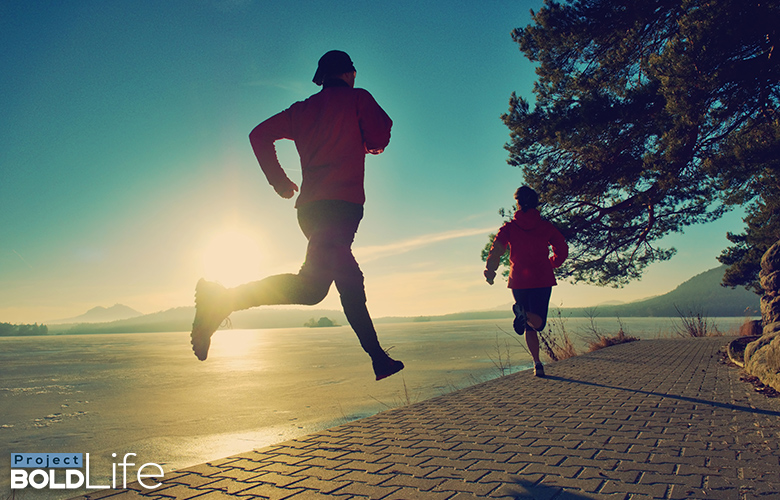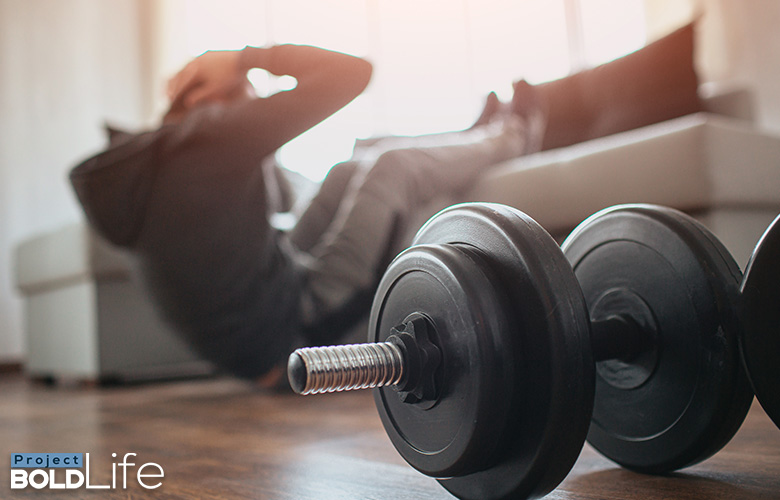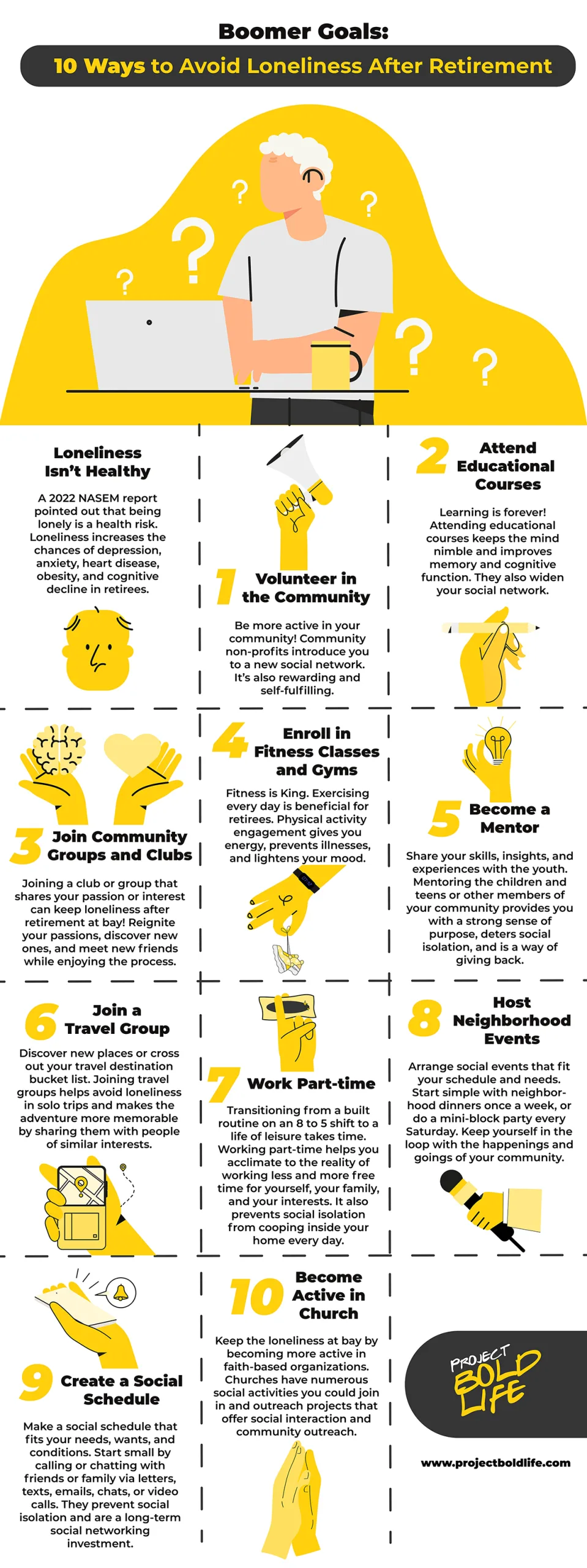
Let’s face it, stress is simply a part of life. The unexpected is guaranteed to happen, and no matter much we don’t like it, change is constant. Perhaps, nothing has made this clearer than the current events of this last year. But it’s important to realize that stress as well as our reaction to it isn’t necessary bad. In fact, stressful situations cause us to leap into action and take charge when times call for it. The reason stress results in problems is because we allow it to affect us more or longer than it should.
Scientists have a name for a health reaction and recovery from stress. It’s called “stress resilience”. As the term implies, stress resilience is the ability to bounce back after a stress and respond to life normally. But when stress is constant or excessive, this can be easier said than done. Interestingly, however, researchers are beginning to unlock some of the secrets behind stress resilience. Recent exercise and mental health research suggests that physical activity may hold a key to better stress tolerance.
How Excessive Stress Is Linked to Mental Wellness
Whenever we sense something stressful, a variety of neurochemical reactions occur within our brain and body. Primarily, our sympathetic nervous system is triggered, and chemicals like adrenaline and norepinephrine are released. These substances kick our system into high gear so that we can handle what’s about to happen. But while this is often helpful in the short term, it’s not so wonderful chronically. If this revved-up state persists, research shows it may lead to a variety of mental health conditions. And it can reduce our ability to bounce back.

Exercise and mental health research has shown that physical activity is beneficial for a variety of brain conditions. For example, conditions like anxiety and depression improve with increased levels of physical activity. Exercise and mental health studies also suggest physical activity can reduce the severity of PTSD. And from an anecdotal perspective, many of us appreciate how a great workout can help stress melt away. All of this simply shows how chronic stress can undermine our mental wellness. And it also supports how physical activity might be one way to offset the constant stress we experience.
A Substance Called Galanin
While stress resilience and excessive stress reactions are far from clear, recent studies are making headway. It’s been known for some time that a neurochemical called galanin plays an important role in modulating our stress response. In fact, this tiny protein is involved in a variety of brain functions. It not only influences anxiety reactions, but it also regulates sleep, learning, memory, and even pain tolerance. Likewise, galanin tends to be released at the same time other stress chemicals are released. Therefore, scientists have suspected galanin may be somehow involved in our stress response.
As it turns out, studies have shown repeatedly that people born with low levels of galanin are more prone to anxiety and depression. Likewise, exercise and mental health research in humans also show that physical activity increases galanin levels. It therefore stands to reason that galanin may represent a key piece of the puzzle linking exercise and mental health. Additionally, galanin may also explain, at least in part, why some people have greater stress resilience than others.
The Latest in Exercise and Mental Health Research
While studying stress resilience is challenging in people, experiments have been designed using mice. In the latest exercise and mental health research, scientists took some mice and placed them in cages with treadmills. Other mice were placed in cages without them. A day later, the mice were then tested, and those that exercised had higher levels of galanin. The scientists then stressed all the mice with harmless yet irritating electrical shocks on their paws. Then, the following day, observed the mice as they negotiated unfamiliar environments.
The study’s findings were quite interesting. The mice that had exercised and had higher galanin levels behaved normally in the new settings. However, the mice that didn’t exercise and had lower galanin levels tolerated their new environments poorly. They tended to cower in the darkness and refuse to explore the new terrain. In essence, the mice exposed to physical activity before the stress experiment had strong stress resilience. The other group of mice did not. Based on these results, it shows that galanin may be an important part of the exercise and mental health puzzle.
Exercise to Build Your Own Stress Resilience
Currently, there is a great deal more that we don’t know about stress resilience than what we do know. However, the latest exercise and mental health research is making progress toward a better understanding. It is currently known that some individuals have higher stress resilience than others as a result of their genetics. Some people are even born with higher galanin levels at baseline than others. Thus, exercise is not the only factor that results in higher galanin levels. And at the same time, it’s not likely that galanin explains the entire stress resilience story either.
However, these scientific insights do offer hope and serve as a guide for better mental wellness currently. If you’re looking to build stronger stress resilience, then exercise might be the most effective way to achieve this. Research involving both people and mice support physical activity as a stress management tool. And in all likelihood, exercise will boost your galanin levels just like in did in the mice that were tested. This offers a healthier approach toward mental wellness, especially for those prone to anxiety.
Certainly, additional research involving both exercise and mental health is needed. Additional studies of galanin and other stress-related chemicals deserve further study. But for now, physical activity looks to be a great way to enhance stress tolerance and resilience. And given the pandemic stress that all of us have experienced, we could all use a little help!
Health is an important Pillar in living a Bold Life. To read more about the Seven Pillars, check out Ed Kopko’s PROJECT BOLD LIFE: The Proven Formula to Take on Challenges and Achieve Happiness and Success!







